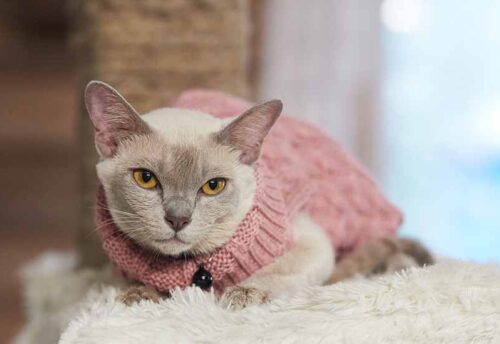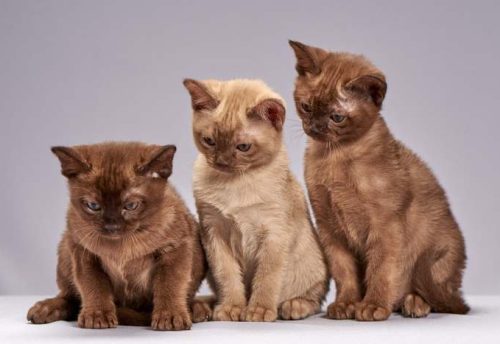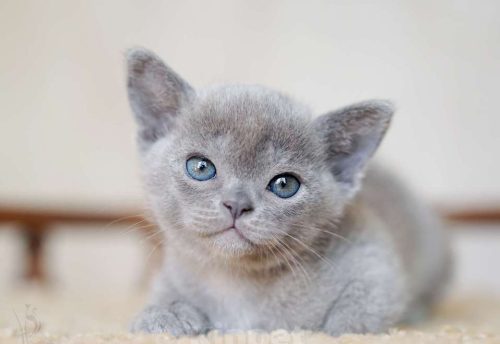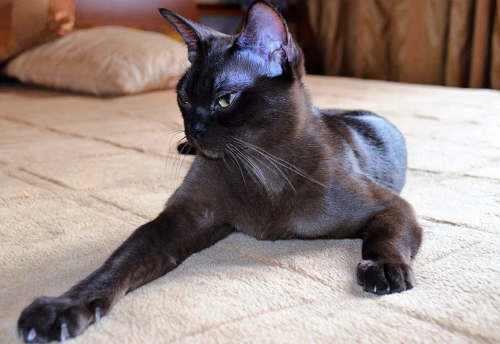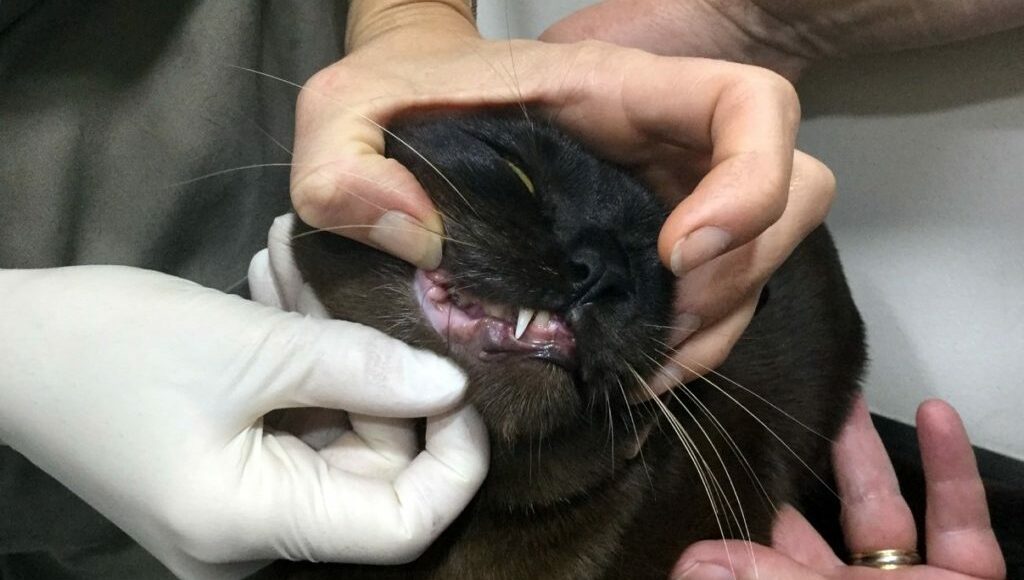
How to Care for a Burmese Cat’s Teeth
The Burmese breed doesn’t require special care; dedicating 15-20 minutes a day to your pet is enough to keep it well-groomed and looking beautiful. Along with other hygiene procedures, it’s important to carefully monitor the condition of your Burmese cat’s teeth. Here’s how:
Regularly Inspect the Oral Cavity
Regular inspections help prevent:
- Plaque buildup
- Cavities
- Bad breath
These issues reduce the appeal of your Burmese cat and can lead to periodontitis, abscesses, and infections.
Conduct inspections once a week, being as gentle as possible to avoid causing the animal pain or discomfort.
A healthy Burmese cat has a pink tongue and gums, and white teeth. If the gums are white, bright red, or have a yellowish coating, it could indicate an infection or systemic issues like liver disease. A very pale tongue or coating can indicate anemia. In such cases, take the animal to the veterinarian.
Brush Teeth Daily
Daily tooth brushing eliminates bad breath and maintains dental health. While it may not be the most enjoyable task, it’s necessary. The key is to acclimate your pet to the procedure.
How to Train a Burmese Cat to Brush Its Teeth
Start with small steps:
- Spend a few minutes each day massaging the cat’s face, lifting its lips, and looking into its mouth.
- Once the cat gets used to this, introduce toothpaste. Put a small amount on your finger, let the cat smell and lick it. Gently rub your finger over the cat’s teeth.
- The next step is to use special cleaning tools.
What to Use for Brushing Teeth
Don’t use a regular toothbrush – it’s too big. A child’s toothbrush can be an alternative, but a special cat toothbrush is best. It fits over your finger and makes the process easier for both you and your cat.
Regular human toothpaste is also unsuitable as it contains harmful ingredients that can cause the cat to feel unwell or irritate its stomach. Buy special cat toothpaste with pet-friendly flavors, like chicken or seafood.
The earlier you introduce a Burmese kitten to the procedure, the better. It’s harder to train adult cats. If your pet refuses to get used to brushing, use plaque-removing treats, water additives, or specially formulated foods for oral care. These help freshen breath and combat tartar.
Professional dental cleaning is recommended periodically for Burmese cats. The vet can remove tartar and plaque from hard-to-reach areas. It’s best to have this procedure done alongside a preventive check-up every two years.
Regular oral care for your Burmese cat will preserve its health and bring happiness for many years.




